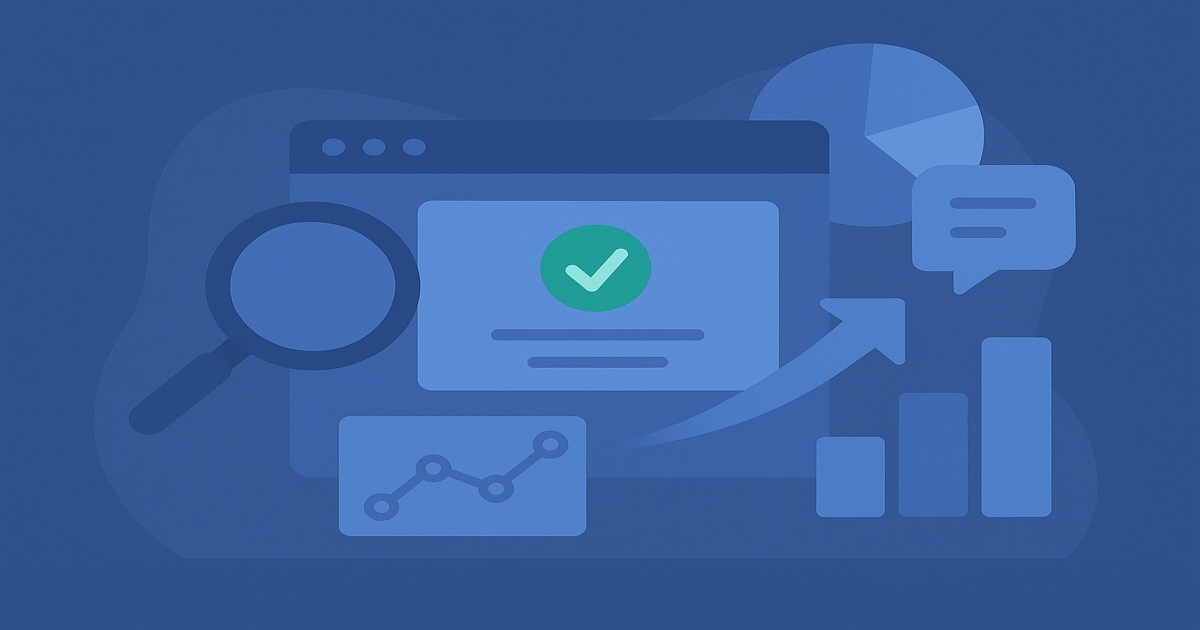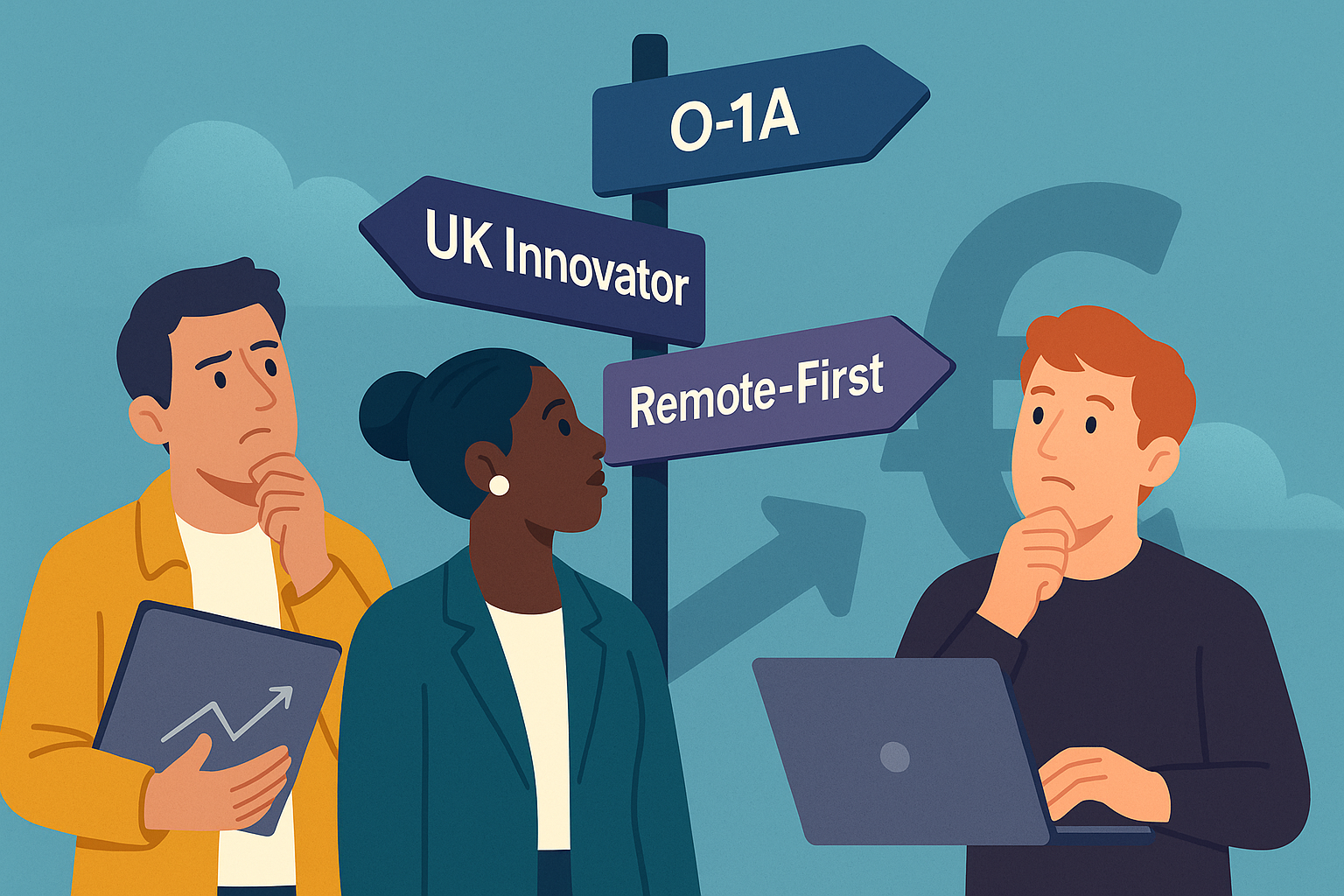Key Takeaways
- Segmentation is critical for understanding how different users engage with your changelogs.
- Tailored strategies (e.g., power vs. casual users, B2B vs. B2C) improve engagement and adoption.
- Analytics drive iteration—use data to refine your changelog content and delivery.
Changelogs are an essential tool for keeping users informed about product updates, driving feature adoption, and building trust.
But if you’re treating changelogs as a one-size-fits-all communication, you’re leaving engagement and ROI on the table.
By leveraging changelog analytics and breaking down user behavior into meaningful segments, you can ensure your updates resonate with your audience.
Whether it’s understanding how power users versus casual users engage, or analyzing B2B vs. B2C patterns, segmentation helps you create changelogs that are more than just notifications—they become a driver of product success.
In this article, we’ll explore:
- How to segment changelog analytics
- Key engagement metrics by user group
- Examples of data-driven iteration
- How to get started with changelog segmentation today
Why Segmenting Changelog Analytics Matters
Without segmentation, you’re left guessing what’s working (and what’s not). For example:
- Open Rates: A 40% open rate might look great—but are your most valuable users engaging?
- Adoption Metrics: Are casual users adopting new features, or only your power users?
- Churn Risk: Are disengaged users ignoring updates that could keep them around?
Benefits of Segmentation:
- Targeted Messaging: Speak directly to each user group’s needs.
- Increased Engagement: Users are more likely to engage with relevant updates.
- Better Retention: Keep cohorts engaged with personalized, actionable changelogs.
- Improved Iteration: Use real data to refine your changelog strategy.

4 Key User Segments for Changelog Analytics
- User Cohorts and Changelog Engagement
Cohorts group users based on shared characteristics, such as signup date, plan type, or feature usage. Tracking engagement by cohort reveals patterns that help you optimize your messaging.
Metrics to Track:
- New Users: Open rates, clicks, and feature adoption in their first 30 days.
- Long-Term Users: Continued interest in updates or signs of disengagement.
- Feature-Specific Users: Engagement with updates related to their most-used features.
Example:
At SimpleDirect, we found:
- New Users: 50% higher engagement with changelogs compared to long-term users.
- Solution: Added a "Highlights You Missed" section for older cohorts, boosting their engagement by 20%.
- Power Users vs. Casual Users
Understanding the difference between power users (frequent, high-value users) and casual users (occasional users) ensures your changelogs cater to both groups.
Key Differences:
| Metric | Power Users | Casual Users |
|---|---|---|
| Engagement Frequency | Daily or weekly | Monthly or sporadic |
| Interest in Updates | Advanced features, workflows | Basics, usability improvements |
| Adoption Rate | High | Low |
Tailored Strategies:
- For Power Users:
- Highlight complex features, beta programs, and advanced tools.
- Include direct links to tutorials or API documentation.
- For Casual Users:
- Simplify messaging—focus on benefits, not technical details.
- Use visuals like GIFs or short videos to explain updates.
Quick Fact:
Power users are 3x more likely to adopt new features quickly, making them a key cohort for driving early adoption.
- B2B vs. B2C Patterns
The needs of B2B (business-to-business) and B2C (business-to-consumer) audiences are vastly different. Segmenting these groups ensures your changelog resonates with their priorities.
Key Differences:
- B2B Users:
- Care about integrations, workflows, and team collaboration.
- Engage during business hours and appreciate ROI-focused messaging.
- B2C Users:
- Prioritize usability improvements, mobile updates, and new features.
- Respond better to visual, easy-to-digest updates.
Example:
A SaaS company analyzed their changelog analytics and found:
- B2B Users: 70% higher engagement with email notifications.
- B2C Users: Preferred in-app updates with visuals.
Solution: Tailored delivery channels based on user type, increasing engagement by 25%.
- Data-Driven Iteration
Tracking changelog performance isn’t enough—you need to act on the insights. Use analytics to refine your content, format, and delivery channels.
Key Steps:
- Set Benchmarks:
- Open rates: 30-40%
- Click-through rates: 10-15%
- Feature adoption: 15-20% increase after update
- Experiment:
- Test A/B headlines, tone, and visuals.
- Compare email vs. in-app announcements.
- Incorporate Feedback:
- Use surveys to ask users what kind of updates they value.
Real Example:
At SimpleDirect, segmenting changelog analytics revealed:
- In-App Updates: Increased engagement by 35% for casual B2C users.
- Email Notifications: Drove 50% higher engagement from B2B users.
By iterating based on these insights, overall changelog engagement increased by 25%.
Real-World Example: SimpleDirect’s Changelog Segmentation Strategy
Here’s how we at SimpleDirect use segmentation to optimize our changelogs:
- User Cohorts:
- New users (first 30 days) engaged 40% more than older users.
- Solution: We added a "What’s New for You" section tailored to older users’ interests.
- Power vs. Casual Users:
- Power users clicked on technical updates, while casual users ignored them.
- Solution: Created two versions of changelogs—detailed for power users and simplified for casual users.
- B2B vs. B2C Users:
- B2B users preferred email updates with ROI-focused messaging.
- B2C users engaged better with in-app updates featuring screenshots and GIFs.
Result:
- Engagement: +25% across all user groups.
- Feature Adoption: +15% increase among casual users.

How to Get Started with Changelog Segmentation
Ready to unlock the full potential of your changelog strategy? Here’s how to get started:
- Set Up Analytics
Use tools like Google Analytics, Mixpanel, or Amplitude to track:
- Open rates
- Click-through rates
- Time spent on changelog pages
- Feature adoption metrics
- Define Segments
Start with these basic segments:
- User cohorts (e.g., new vs. long-term users)
- Usage patterns (e.g., power vs. casual users)
- Business type (e.g., B2B vs. B2C)
- Iterate and Optimize
- A/B test different formats, headlines, and delivery channels.
- Refine messaging based on engagement data.
- Use feedback loops to improve over time.
Next Steps
Ready to take your changelogs to the next level?
Try SimpleDirect, the ultimate tool for creating targeted, data-driven changelogs.
With built-in segmentation and analytics, you can craft updates that keep your users engaged and informed.






